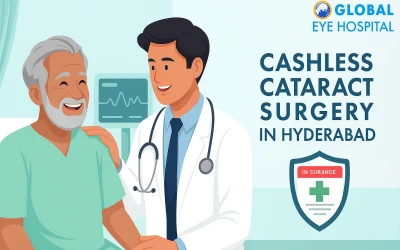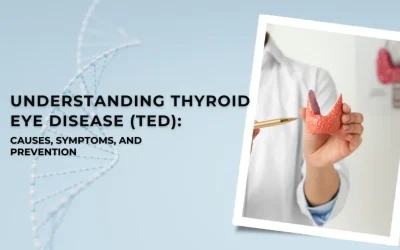Can technology help detect glaucoma early in younger patients?
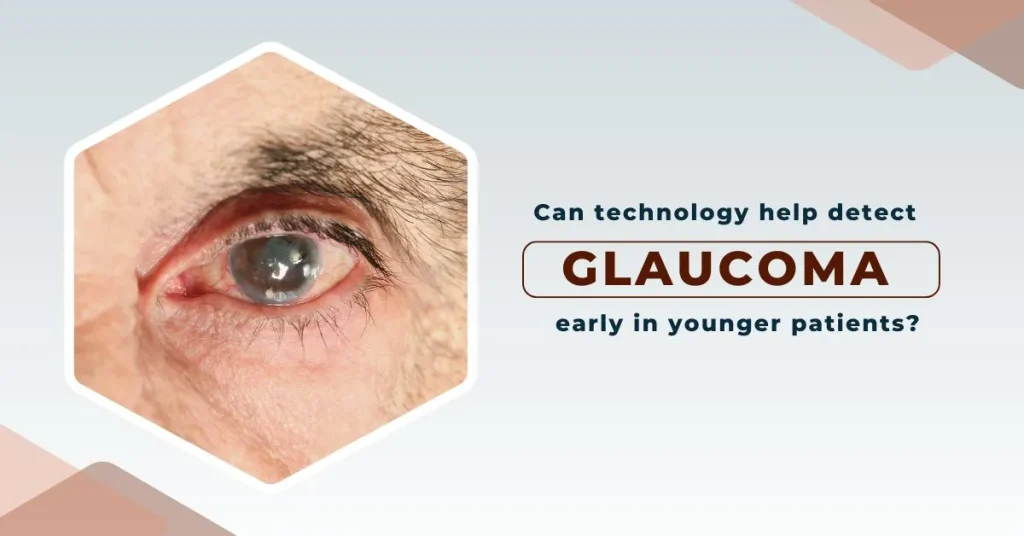
Glaucoma, often called the “silent thief of sight,” is a progressive eye condition that can lead to irreversible vision loss if not detected and treated early. While commonly associated with older adults, glaucoma can also affect younger individuals. Early diagnosis is crucial to prevent vision damage, and technology is growing in helping detect glaucoma in younger patients.
The importance of early detection in younger patients
Glaucoma can develop without noticeable symptoms in its early stages, making it particularly dangerous. For younger patients, early-onset glaucoma is often overlooked, leading to delayed diagnosis and treatment. If left untreated, the damage to the optic nerve caused by elevated intraocular pressure (IOP) can lead to permanent vision loss. Given that younger patients often have longer life expectancies, the consequences of untreated glaucoma are even more significant.
The challenge in detecting glaucoma in younger individuals lies in its subtle presentation. Symptoms like loss of peripheral vision or eye pain may not appear until the condition has already progressed. This is where technology steps in to bridge the gap in early diagnosis, making it possible to identify glaucoma before noticeable vision loss occurs.
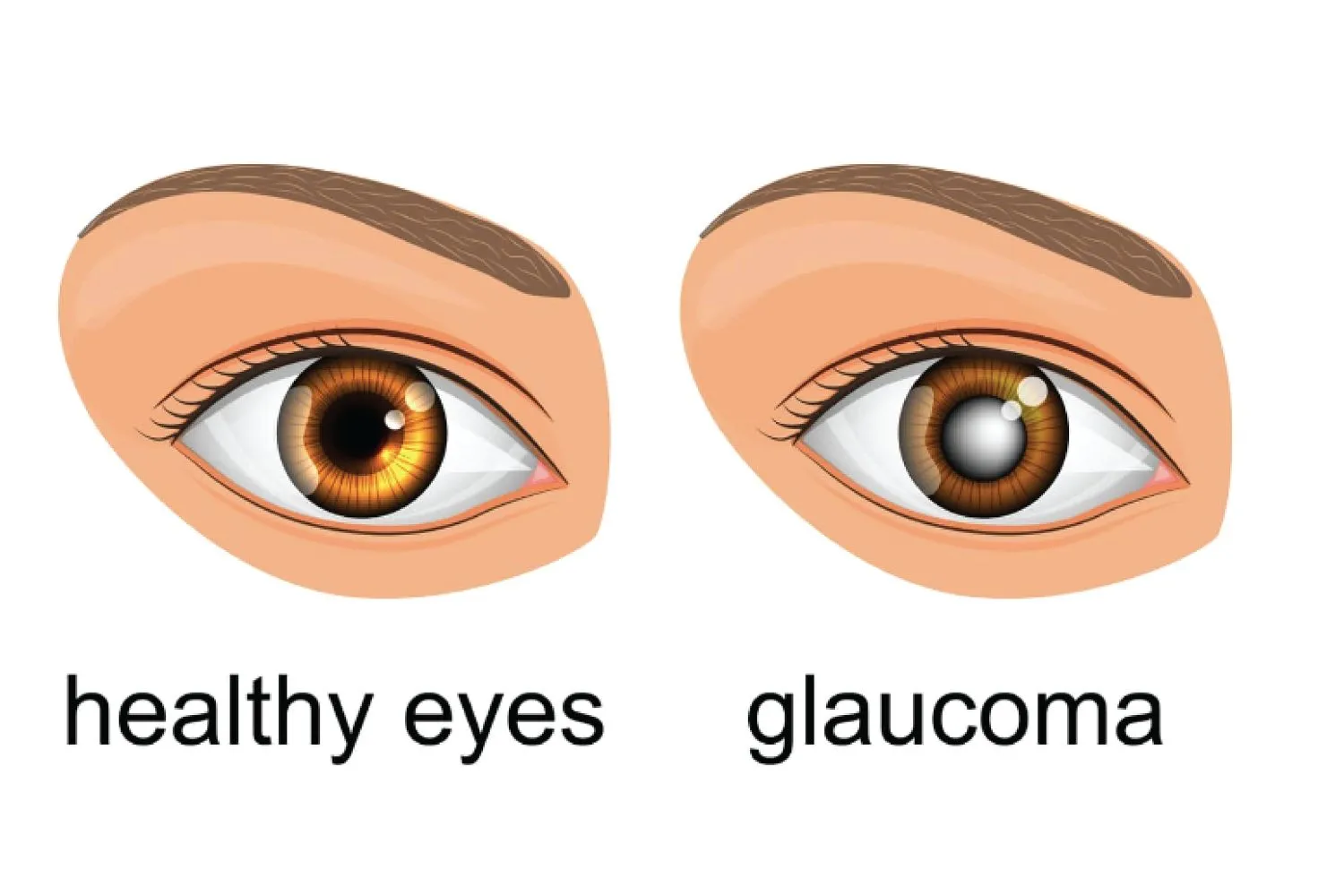
Technological advancements in glaucoma detection
Recent technological innovations have significantly improved the ability to detect glaucoma in its early stages, especially in younger patients who may not have regular eye exams. These advancements include:
Ocular Imaging Technologies
Optical Coherence Tomography (OCT) has become one of the most critical tools in early glaucoma detection. This non-invasive imaging technology captures detailed cross-sectional images of the retina and optic nerve, allowing ophthalmologists to detect even minor changes in the thickness of the nerve fiber layer. In younger patients, where optic nerve damage may not be immediately apparent, OCT helps track subtle changes that might indicate early glaucoma, allowing for prompt intervention.
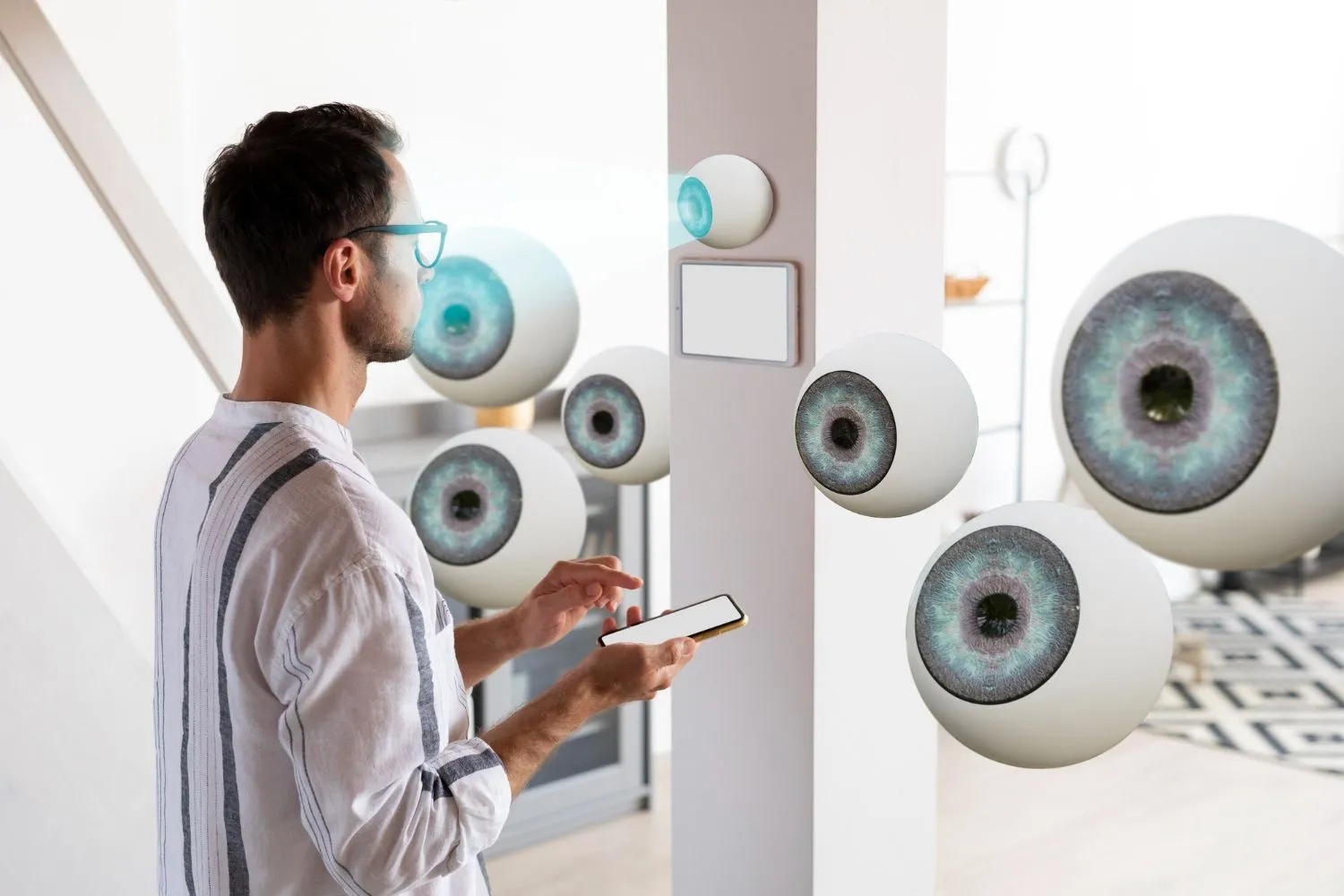
Intraocular Pressure (IOP) Monitoring Devices
Measuring intraocular pressure is a key method for diagnosing glaucoma. New advancements in tonometry, such as non-contact air-puff tonometers, offer more comfortable and precise pressure measurements. Additionally, implantable sensors and wearable devices, such as the Triggerfish sensor, continuously monitor IOP throughout the day. These technologies are particularly beneficial for younger patients who may experience fluctuations in IOP, as they allow doctors to track pressure changes over time and adjust treatment plans accordingly.
Artificial Intelligence and Machine Learning
AI and machine learning are revolutionizing glaucoma screening by analyzing large datasets of retinal images and patient information. These algorithms can detect patterns and predict the likelihood of glaucoma more accurately than traditional methods. AI-driven diagnostic tools can assist eye care professionals in identifying high-risk patients, even in cases where the disease is asymptomatic. This technology is particularly useful for screening younger populations cost-effectively and efficiently.
- Telemedicine and Remote Monitoring
Telemedicine has emerged as a valuable tool in glaucoma management, especially for younger patients who may not have easy access to regular eye exams. Remote monitoring devices and apps allow patients to share their eye health data with doctors in real-time. This approach is particularly useful in identifying early warning signs of glaucoma in younger individuals who may be living in remote areas or leading busy lives that make frequent visits to the eye doctor challenging.
The Benefits of Early Detection in Younger Patients

The use of technology to detect glaucoma early in younger patients offers numerous benefits. First and foremost, early diagnosis allows for timely intervention, reducing the risk of significant vision loss. Young individuals diagnosed with glaucoma can begin treatment earlier, slowing the progression of the disease and preserving their vision for longer periods. Additionally, the use of advanced technology minimizes the need for invasive procedures, making the screening process more comfortable for patients.
Moreover, technology enables more accurate diagnosis, reducing the likelihood of false positives or negatives. In younger patients, who may not exhibit classic glaucoma symptoms, technological tools like OCT and AI-powered screening systems can detect the disease before noticeable symptoms appear.
Conclusion
Technology is proving to be a game-changer in the early detection of glaucoma, particularly for younger patients who may not experience noticeable symptoms until the disease has progressed. Advances in imaging technologies, intraocular pressure monitoring, artificial intelligence, and telemedicine make it easier to identify glaucoma at its earliest stages. By leveraging these tools, healthcare professionals can provide timely intervention, ultimately preserving the vision of young patients for many years to come. As technology continues to evolve, the prospects for early glaucoma detection and management will only improve, offering hope to younger generations at risk of this silent but serious condition.
Book your appointment now for all eye-related services.
Your Vision Our Focus
